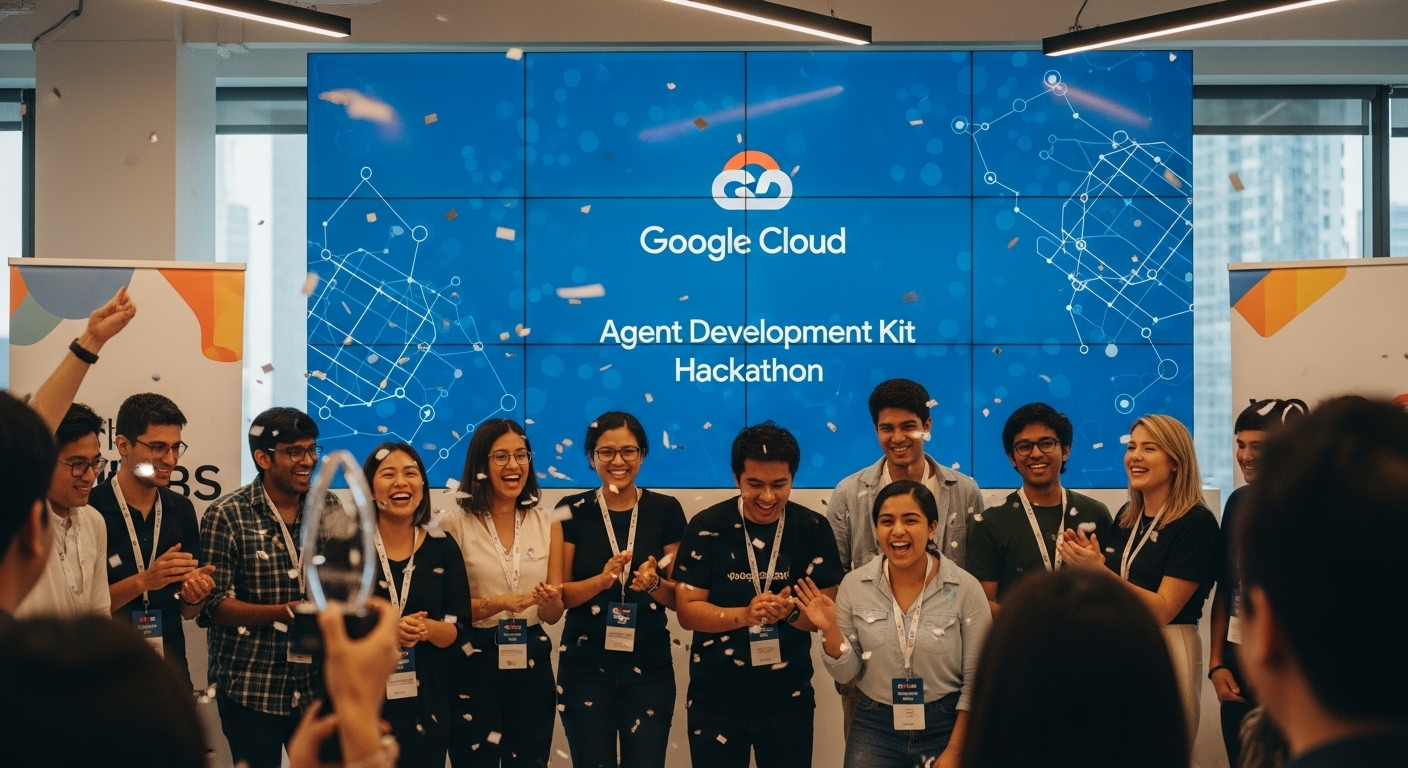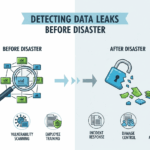GhostRedirector: Website Hijacking with Stealthy Backdoors
Web servers are constantly under attack, and a new threat, dubbed GhostRedirector, is actively targeting Windows servers. This isn’t just about data theft; it’s about cybercriminals hijacking your web presence for financial gain by manipulating search engine results. Let’s explore this evolving threat.
The Attackers’ Arsenal: Rungan and Gamshen
GhostRedirector relies on two custom-built tools: Rungan, a stealthy backdoor, and Gamshen, a malicious IIS module. Working together, they aim to manipulate search engine results and redirect traffic to a website controlled by the attackers. The goal is to profit from SEO fraud, boosting the target website’s ranking and generating revenue, often through affiliate marketing or ad revenue.
Key Components of the Attack
- Rungan: This backdoor, written in C++, provides attackers with remote access to execute commands, create user accounts, and more. Its use of AES encryption makes it difficult to detect.
- Gamshen: This malicious IIS module intercepts requests from search engine crawlers. It then modifies the server’s responses, injecting content or redirecting users to boost the ranking of a chosen website.
Geographic Scope and Impact
Researchers at ESET discovered GhostRedirector actively compromising servers. While initially observed in Brazil, Thailand, and Vietnam, with at least 65 compromised servers, the attacks have expanded to multiple countries. This highlights the widespread nature of the threat and the urgent need for proactive security measures.
What’s the Business Risk?
The GhostRedirector campaign underscores the importance of a strong security posture. If your web server is compromised, your business could suffer significant consequences:
- Reputational Damage: Manipulating search results can severely harm your brand’s credibility and online reputation.
- Financial Loss: Redirecting your website traffic to malicious sites can lead to lost revenue and potential financial scams.
- Operational Disruption: Attackers can leverage your server’s resources for other malicious activities, slowing down your website or even causing it to crash.
Protecting Your Business: Staying Ahead of GhostRedirector
How can you protect your business from GhostRedirector? A multi-layered approach is critical:
- Regular Vulnerability Assessments: Conduct frequent security audits to identify and patch weaknesses in your systems.
- Intrusion Detection Systems (IDS): Implement IDS to monitor network traffic and detect malicious activity.
- Web Application Firewall (WAF): Utilize a WAF to protect against common web attacks like SQL injection and cross-site scripting (XSS).
- Employee Security Awareness Training: Educate employees about phishing scams, social engineering tactics, and safe online practices.
The cybersecurity landscape demands constant vigilance. By staying informed about threats like GhostRedirector and adopting a proactive security strategy, businesses can mitigate risks and protect their valuable digital assets.



